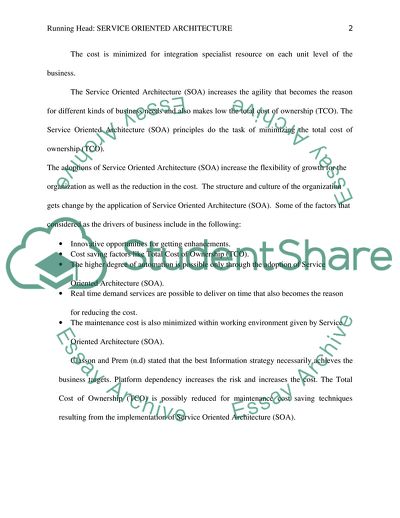Cite this document
(The Service Oriented Architecture and Its Concepts Assignment Example | Topics and Well Written Essays - 2000 words, n.d.)
The Service Oriented Architecture and Its Concepts Assignment Example | Topics and Well Written Essays - 2000 words. https://studentshare.org/information-technology/1811779-the-service-oriented-arciitecture
The Service Oriented Architecture and Its Concepts Assignment Example | Topics and Well Written Essays - 2000 words. https://studentshare.org/information-technology/1811779-the-service-oriented-arciitecture
(The Service Oriented Architecture and Its Concepts Assignment Example | Topics and Well Written Essays - 2000 Words)
The Service Oriented Architecture and Its Concepts Assignment Example | Topics and Well Written Essays - 2000 Words. https://studentshare.org/information-technology/1811779-the-service-oriented-arciitecture.
The Service Oriented Architecture and Its Concepts Assignment Example | Topics and Well Written Essays - 2000 Words. https://studentshare.org/information-technology/1811779-the-service-oriented-arciitecture.
“The Service Oriented Architecture and Its Concepts Assignment Example | Topics and Well Written Essays - 2000 Words”. https://studentshare.org/information-technology/1811779-the-service-oriented-arciitecture.


